Yellowstone National Park Winter Travel Guide to Wildlife and Wolves
Something I have wanted to do for years is see wolves in the wild in Yellowstone National Park. Yellowstone National Park is America’s first National Park established in 1872, known widely for its geothermal features like boiling rivers and geysers like Old Faithful and the Grand Prismatic Spring, its also the best place to see wildlife in America, and winter just may be the best time of year to visit.
Winter is a time like no other in Yellowstone, where crowds are few and far between, giving you unfettered access to the winter landscapes of the Northern Range. Starting in November to access the park you will need to visit the Northwest entrance in Gardiner Montana. The Northern Range of Yellowstone takes up just 10% of the park and skirts the border of Wyoming and Montana. This area is the only road access into the park for vehicles in winter and is the main hub for winter wildlife in the park as well.

Psst: Please be sure to follow all local regulations, social distance, and wear a mask to keep yourself and others safe. Also: this post contains affiliate links. If you make a purchase through them, we may receive a small commission (for which we are deeply grateful) at no cost to you.
In recent years I have fallen more and more in love with traveling in winter, visiting the Arctic Circle of Norway, the Snowy french Alps and the beautiful winter landscapes of Canada; but Montana was a state I had never been in winter.
Yellowstone was actually one of my first ever National Parks as a child. I remember visiting in summer, seeing the endless stream of bison, getting caught in golf ball size hail in a freak summer storm, exploring the geysers and boiling pools and being utterly amazed by nature.
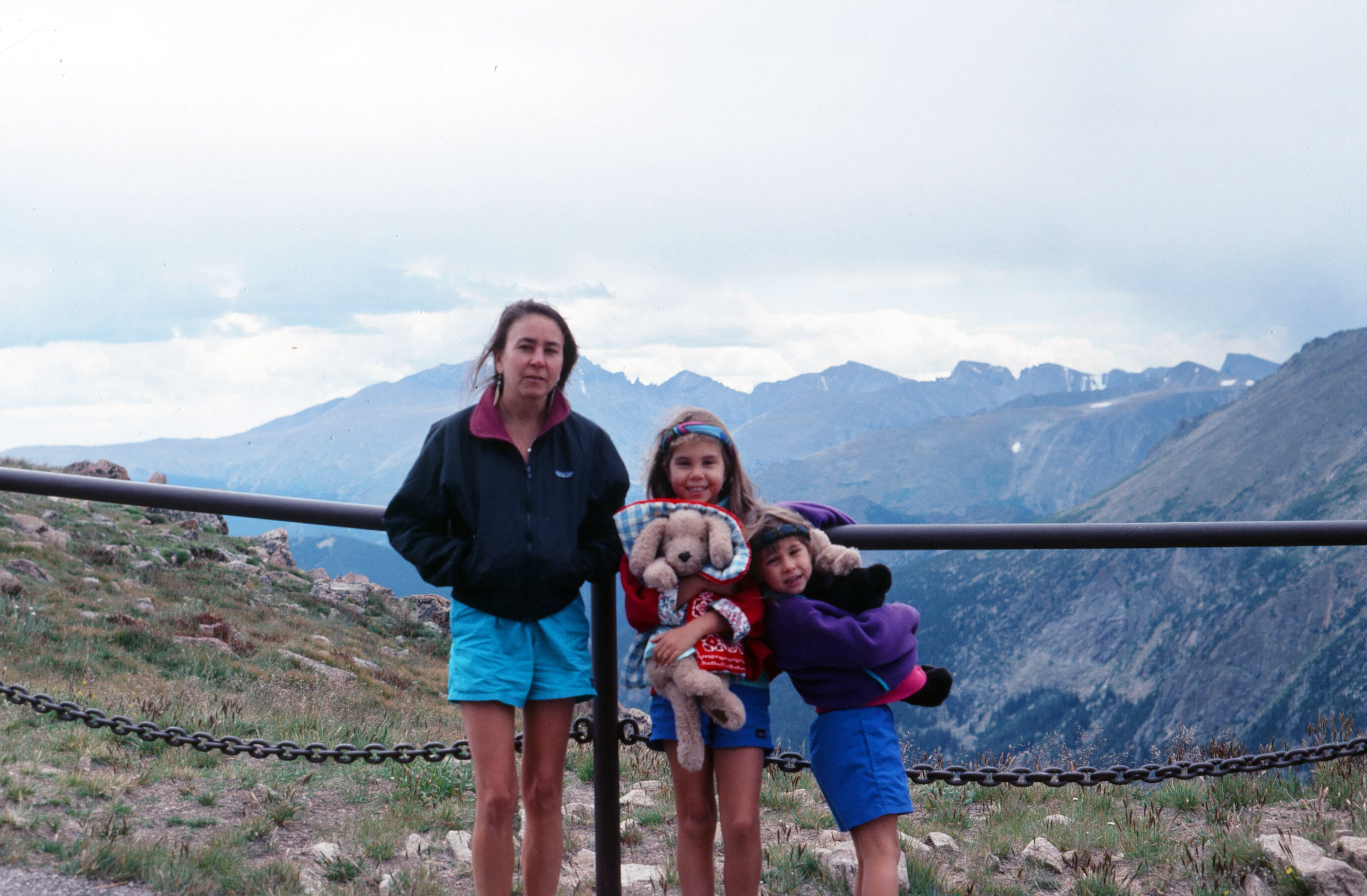
My first trip to Yellowstone! Joined by my Mother (Left) Sister Meridith (Middle) and myself.
When Wolves Dissapeared
My father was a strong advocate for wildlife and strong standing member of Defenders of Wildlife a charitable organization that was paramount in helping bring wolves back to Yellowstone. I remember vividly the stories and drama surrounding their planned reintroduction to the park, which started in 1994. For all the people that wanted wolves to come back there were just as many fighting against it, which is why it took almost 25 years to bring wolves back to Yellowstone.
Wolves once roamed the Arctic tundra all the way to Mexico, but extermination programs led to their demise throughout the United States by the early 1900’s.The removal of predators gave rise to an overabundance of deer, elk and underbrush. In the West the valleys once filled with roaming bison were now filled with cows and an overpopulation of Elk that had been eating more than the ecosystem could handle. Wolves were needed to fix an imbalance in the natural order of things. They were gone for almost a century before they returned. They have now been back for 25 years. Many of the guides in the park that used to lead elk hunts now lead wolf tours through the park. The ecosystem is healthier, some animals long gone from Yellowstone have returned, and the park as a whole is better off.
When and Where to Find Wolves
Wolves are most active at dawn and dusk and my mission of the morning was to locate a pack before they bedded down in the snow for the day. Our first stop was an overlook high above the valley floor where I joined several other “wolf watchers” with scopes outstretched to try and spot some wolves in the distance. Learning from the onlookers there, the Wolves had been down valley in view of this lookout the day before, but no one had yet to stop them this morning. Spirits high and eyes peeled we hopped back in the car, and soon heard over the radio a pack had been spotted near the Tower Junction Ranger Station.
The reports were correct and on arrival there were already several other people out with their scopes trying to get a glimpse of the Wapiti Pack.
There are around 8 packs of wolves in the park, the Wapiti Pack is one of the largest and on this day, I could spot 17 wolves in total. Taking a look through the scope was necessary as the wolves were about 400 yards from the roadside, lazily cleaning each other and relaxing after a meal of fresh Elk.
This pack had several all white wolves, a few white and grey and some black and grey as well. The white ones turned pink with their early morning breakfast stood out prominently in my scope. Nearby the elk herd which most likely provided their breakfast seemed to stand unfazed just a few hundred meters away, grazing on the grass sticking out of the snow.
With temperatures in the single digits it wasn’t too long before my toes became unbearingly cold and I had to return to the vehicle. While my time with the wolves was short, my memory of seeing the Wapiti Pack will be with me forever.
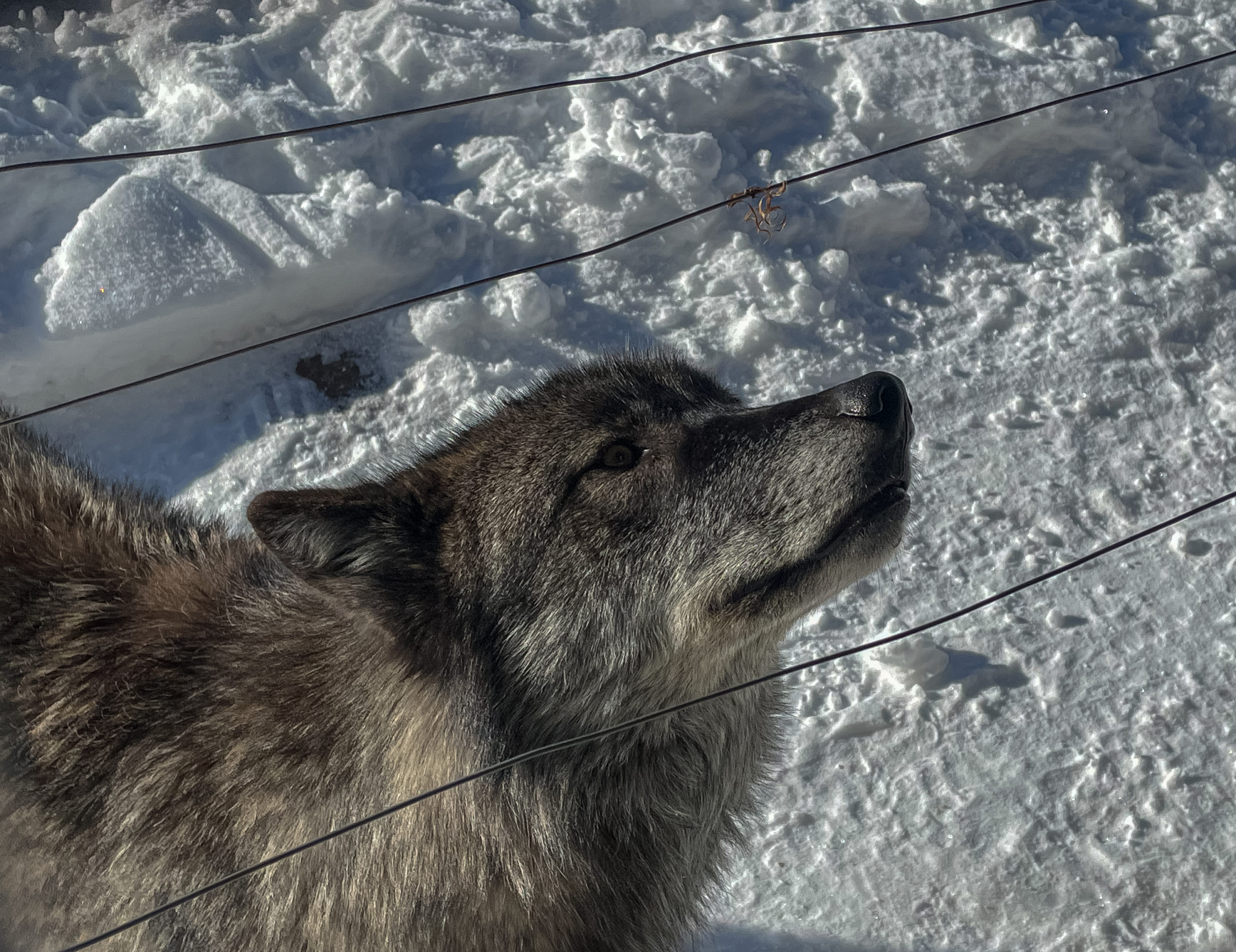
WOLF REINTRODUCTION
In 1973 the USFWS listed the northern Rocky Mountain wolf as an endangered species. And this started a long process that eventually led to their reintroduction here in the park in 1995. During a three year recovery period 41 wild wolves from Canada and Northern Montana were released into the park. Today there are an estimated 528 wolves in the greater Yellowstone area with around 100 inside the National Park.
Wolves were just delisted federally from the endangered species at the end of 2020, now their management will be kept completely up to states. Wolves are hunted in Idaho, Montana and Wyoming under state hunting regulations which have been in place since 2011 and 2017 respectfully. Sadly as soon as wolves leave the Yellowstone park boundaries they can be shot and in some states poisoned, tracked by helicopter, hunted in their dens and killed by hunters for sport. There is still much tension between ranchers and wolf lovers throughout the west. And while many people have a fear of wolves, there has never been a wolf attack on a human in Yellowstone National Park. As long as people remember to keep their distance and never feed wild animals hopefully it will remain that wa
Wolf Size & Life Span
Life Span: In the park 4-5 years Life Span Outside the park 2-3 Years (Humans are the leading cause of death outside the park)
Less than 18% of wolves make it past 5 years old
Average Size: 4-6 feet in length Wolves communicate by howling
Average Weight 90-120 pounds Wolves Kill 18-22 Elk Per wolf per year

Wildlife to See in Yellowstone
Winter offers a wonderful landscape to spot animals in Yellowstone National Park, and you won’t have to go far to spot our first wildlife. Bison and Elk are the most common animal to spot, and are frequently seen right in Gardiner and the surrounding areas. Northern Yellowstone is actually home to the largest elk herd in the park, since they love to stand near the roadways its important to drive slowly through the park. Elk lose their antlers every year in spring and you can easily tell the age of a male by the size of his rack. The older they are the larger the set of antlers.
BISON
Bison once numbered in the millions in the Yellowstone area. In 1902 there were only about 24 bison left in Yellowstone. Hunted almost to extinction by white hunters. Today there are just over 4700 bison in the park. They were a critical species to native american populations that had lived in the Yellowstone basin for some 11,000 years before white settlers. Sadly part of the big plan by the the US army’s to rid the west of native americans in the 1800’s was to remove their food source, and a mass slaughtering of bison and frankly most other animals ensued. Today The yellowstone bison herd is the largest and oldest herd in the US. While thriving the Bison numbers are still controlled heavily through culling and hunting as to not grow to large. Bison and elk carry a disease called Brucellosis which can spread to livestock and cause still births or miscarriages. To reduce issues with ranchers the park and state and federal agencies have kept bison in the park, culled males every year, and allowed others to be hunted to keep numbers in check. While you may find some bison outside the park, most of the surrounding states are not keen on them migrating out of the park, even though there has never been a case of livestock getting brucellosis from a bison.
Members of seven federally-recognized tribes hunt bison in the annual cull to exercise their treaty rights. At Beattie Gulch, just outside the park border near Gardiner, hunters line up and wait for bison to cross the park border onto Forest Service land, where they can be shot.
While I was touring the park I also spotted a coyote, several Bighorn sheep, two moose, hawks, deer and many antelope. Yellowstone is also home to mountain lions, wolverines, grizzly bears (though hibernating in winter) mountain goats, foxes and many species of small mammal. For the best wildlife spotting go with a guide, bring binoculars or a scope and be patient.

You won’t want to leave Yellowstone without visiting the Mammoth Hot pools either which are located right near the Visitors Center and Mammoth Hot Springs hotel. These are the most accessible geothermal features in the park in winter. Made even more beautiful by the freezing steam that turns trees into ice sculptures.
To visit some of Yellowstone’s other geothermal features like the Grand Prismatic and Yellowstone Lake you will have to arrange a tour via snowmobile or via snowcoach which takes place most often from the southern section of the park.
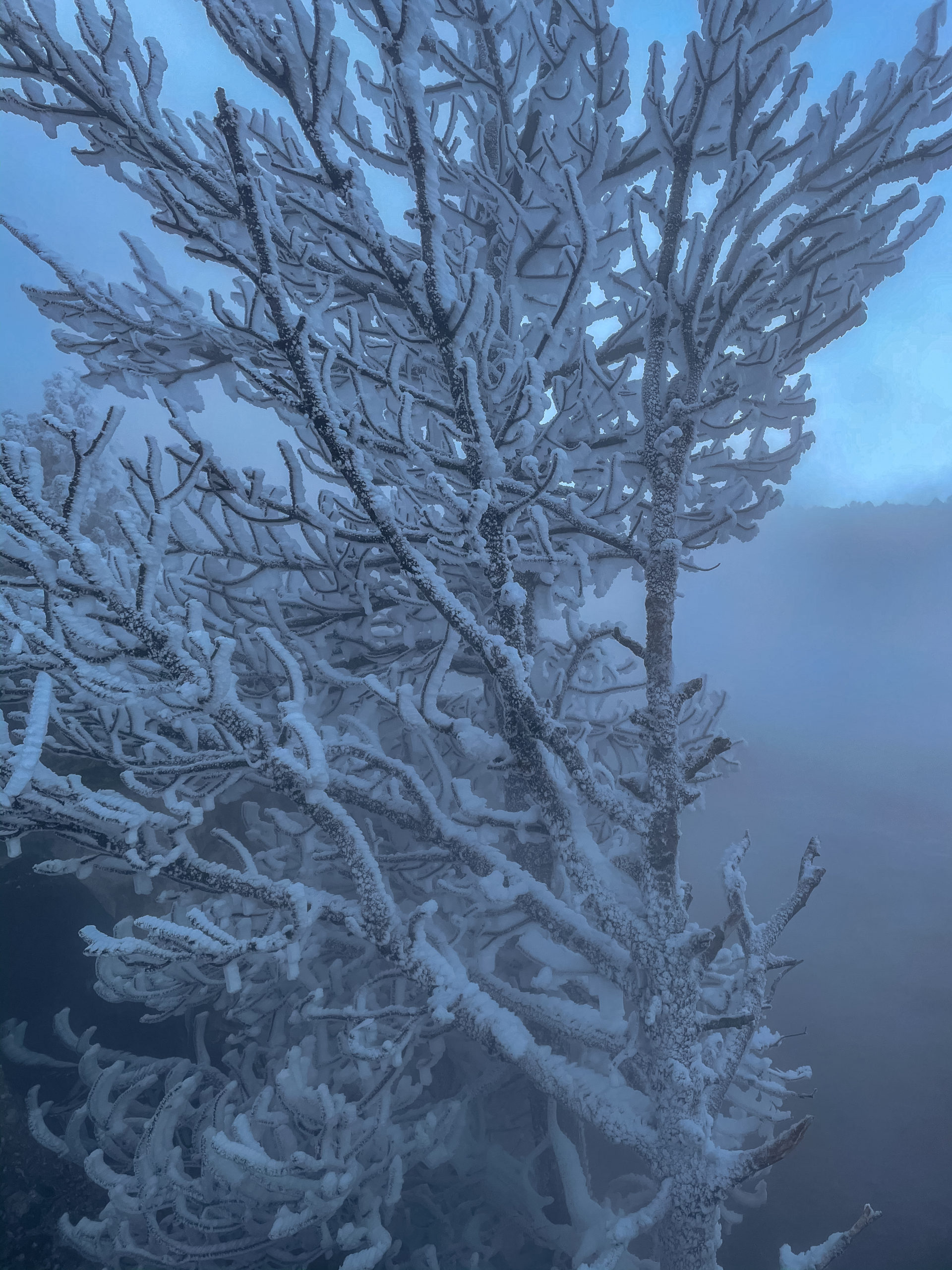
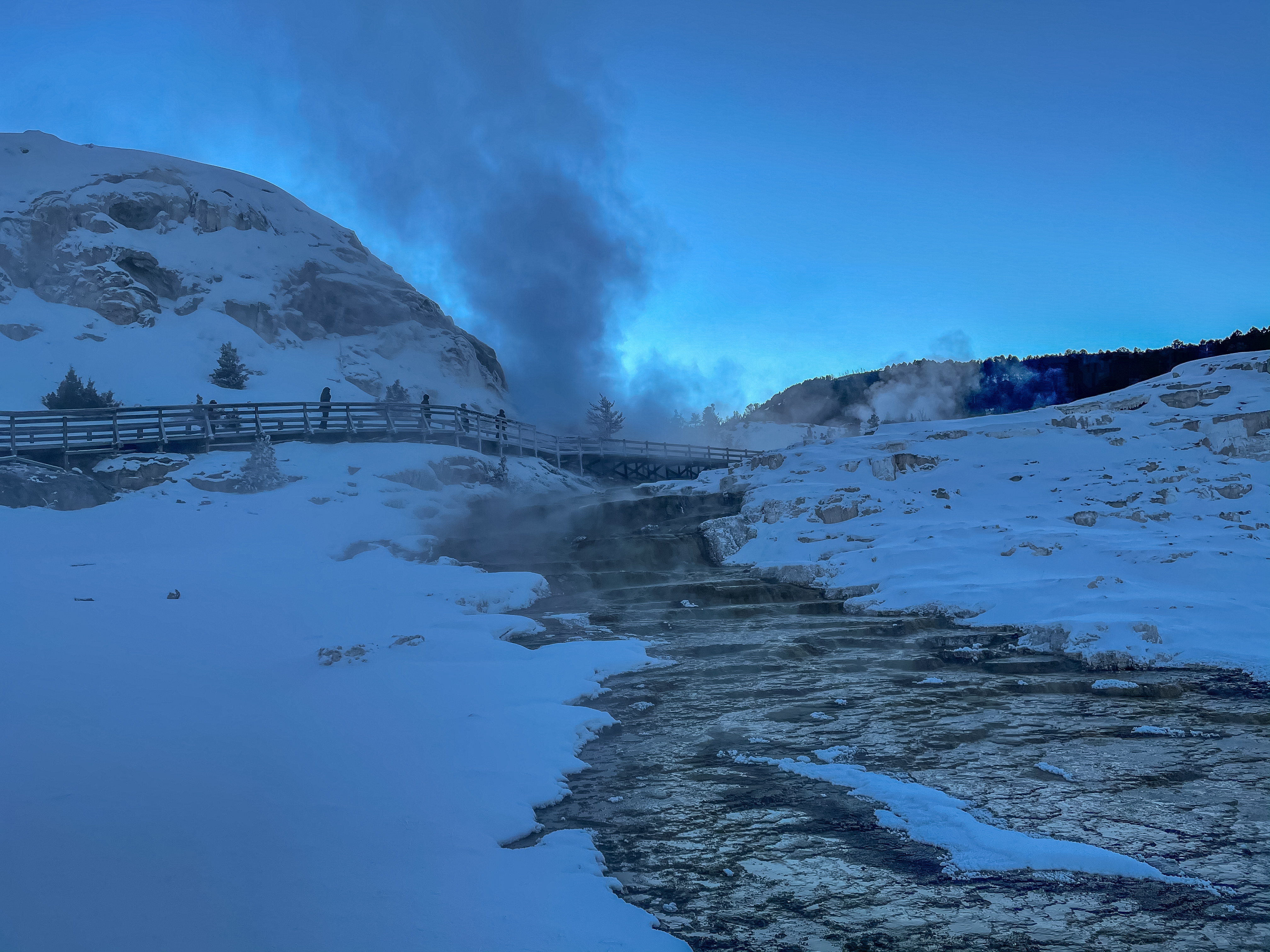
Getting There:
In Winter Yellowstone is only accessible to vehicles from it’s Northern entrances in Gardiner and Cooke City, MT. The Northwest entrance in Gardiner is the main gate for all vehicular traffic to the park starting around November 1st through early to mid March depending on snow conditions.
To get Gardiner, fly or drive into Bozeman Montana. Direct flights are available from major hubs like Los Angeles, Seattle and Salt lake City. I recommend renting a vehicle in Bozeman and driving the 78 miles to Gardiner. Search flight deals under $100 round-trip with Skyscanner!
For the best experience of Yellowstone in Winter I recommend staying 3 or 4 days so you can have as much time in the park as possible. I only had one full day in the park so I set out before the sun rose to head into the park with my private guide from Yellowstone Dreamin Adventures. I was picked up at my front door with hot coffee awaiting me for the cold morning.

Where to Stay:
While in Gardiner I stayed in a lovely 4 bedroom AIRBNB that was just steps from the park entrance. If you are traveling as a family, pod or small group Airbnb can be a great option.
The only hotel inside the park is the Mammoth Hot Springs Hotel. This hotel is about 15 minutes from the park entrance, right across from the Visitors Center and just steps from Mammoth Hot Springs. The hotel has simple but elegant rooms and if you book early you can get one of the hot tub rooms for a warm soak after the cold days in the park. The hotel has a restaurant, store and views of some great sunsets over the park.
Camping Options – Winter camping is allowed in the backcountry and at the Mammoth Campground. For backcountry camping you do need to obtain a permit and you are required to cam at least 100 feet from water sources and out of sight of roads and trails. No fires are allowed even in the backcountry in winter. Learn more on the park website.
Other lodging Options in Gardiner

Wildlife Safety
Never approach any wildlife while in the park, and stay in your car if animals are in the roadway. All animals need to be respected and only observed from a safe distance. Get no closer to elk or other herbivores than 300 feet. If you see a bear or wolf maintain at least 900 feet between you and the animal and do not turn your back.
Bison should never be approached, petted, picked up or antagonized. Bison are dangerous and will ram you if you get too close.
Do not leave small children unattended in Yellowstone.
DO Not EVER LITTER or leave food out.

Activities in Yellowstone in Winter
Yellowstone offers many great winter activities. The most popular outside touring the park are cross country skiing and snowshoeing on some of the parks wonderful hiking trails.
Western Yellowstone Wolf & Grizzly Center
If you want to see grizzlies and wolves up close you can visit a rescue center located in Western Yellowstone. This is a 3 hour drive from Gardiner, however if you are driving to Jackson Hole or passing through the area I recommend going. The center saves problem wolves and bears from the park and surrounding areas. These animals would usually be euthanized for getting to close to people, so the center saves their lives, and offers a wonderful setting to see these animals up close.
Yellowstone Hot Springs
Yellowstone Hot Springs is located 15 minutes north of downtown Gardiner and has 3 outdoor plunge pools in varying temperatures, hot, cold and in between. It is located in a beautiful setting on the river. Open from 1-9pm Thursday through Sunday in the winter. Learn More
Guide Services & Tours
Getting a private or semi private guide is a great way to see the park. There are single and multi day trips you can book with a variety of activities in the park. While there are many great guides in Yellowstone I chose Yellowstone Dreamin Adventures for my private tour.
If you are looking for other options there are plenty of multi day tours with companies like Natural Habitat Adventures, Intrepid Tours, G Adventures, as well as many local guiding services as well.
Wherever you decide to explore and however you decide to explore in Yellowstone are up to you. Winter is a magical time that you will never ever forget. Please remember to travel responsibly, sustainably and most of all respectfully.
Staying Warm
To stay warm in the single digit temperatures in Montana, you need to wear layers and bring appropriate clothing. Here is a list of winter gear you will want for your trip.
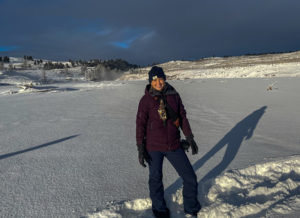
Smartwool or similar long underwear
Insulated pant and/or snowpant
Warm sweater or other mid layer long sleeve shirt
Vest
Heavy coat that is wind and waterproof.
Snow boot
Mitten or glove
Light glove for inside the vehicle or warmer afternoons
Sunglasses
Hat
Hand and feet warmers
Share & Save for later


More Great Articles
How to Visit Glacier National Park in Montana
How to Explore Glacier National Park in Montana Revered for its stunning scenery and awe-inspiring natural wonders, Glacier National Park is an incredible destination, one that offers endless opportunities for adventure. Spanning more than one million acres, this...
Your Guide to Northern Lights in North America
In Your guide to the Northern Lights in North America, we share several destinations in Canada and the US where you can see the Northern lights. This marvelous sky spectacle takes place on clear and cold nights and can often be seen in both fall, winter and spring.
8 Winter Activities to do In Banff National Park
In the winter the town of Banff will transport you to a frozen wonderland of winter fun and adventure. From skiing and snowboarding to snowshoeing, ice skating and dog sledding, Banff is the perfect winter destination for endless outdoor adventure, great dining, and unique opportunities for sightseeing. Banff is located just 90 minutes from Calgary and can be reached easily by car or shuttle. Here are eight winter activities to do in Banff National Park.

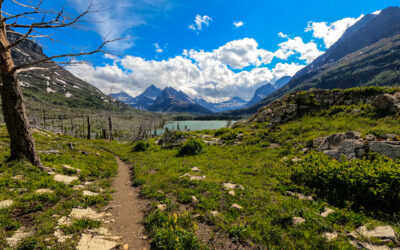
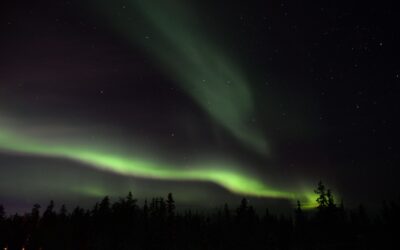
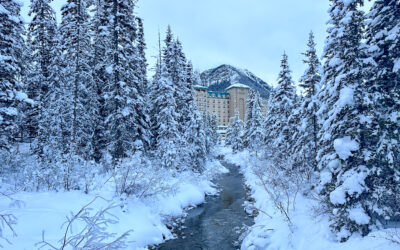
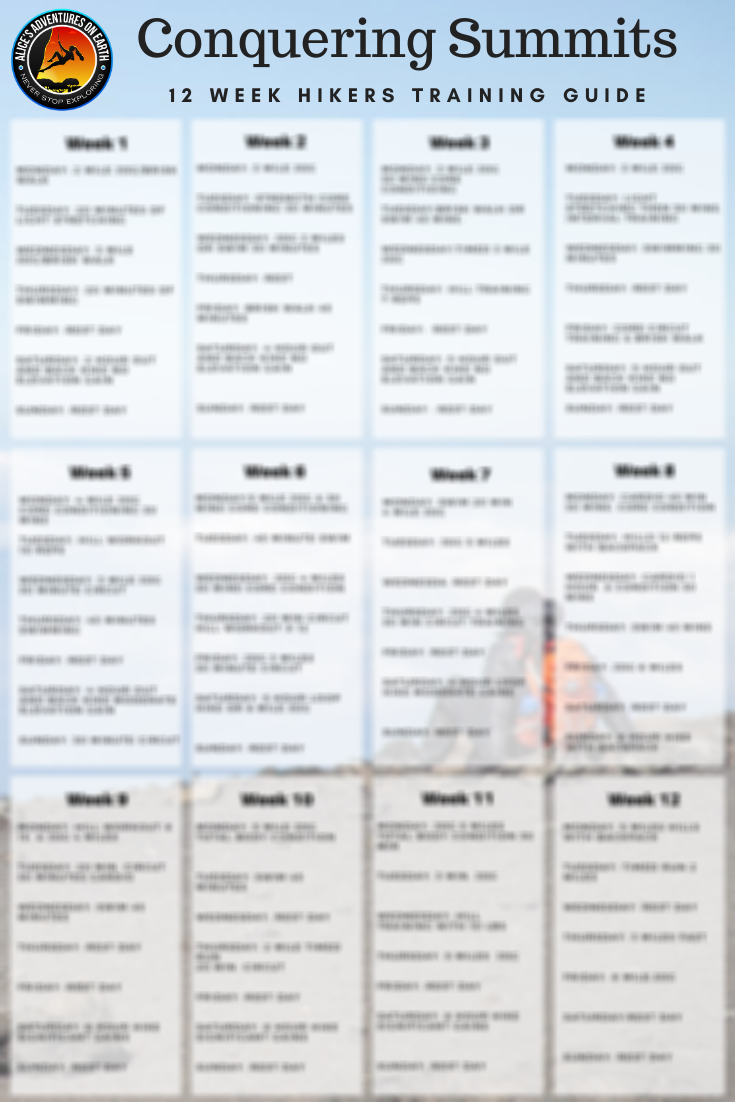



Yellowstone is on my list so this is a great reference to keep handy! The hot springs sound integring, especially after a day of hiking or exploring.
That is so special that you were able to see the work of your father brought to fruition. I hate the cold, but also hate crowds, so love to visit national parks out of season. I also love animals and you were able to see so many it seems worth it. I would love to take a snowmobile tour to see the Grand Prismatic Springs if you could still see the colors they would be amazing in the snow.
It’s great that this place still captures your heart after all that time. This is a great endorsement for travelling there during the winter. I image the wildlife is more visible- and you don’t have to warm me about keeping a safe distance! I wouldn’t dare get close enough 🤣
Your post explains why humans shouldn’t intervene in nature so well. I had read with interest the reintroduction of wolves, so good to know your father too was involved in this project. How exciting that you could spot packs of wolves! Great exciting post!
What a fabulous opportunity to see bison, bears and wolves. I would love to see Yellowstone like this and take a dip in those hot springs.
It is a really magical place to visit, especially in the winter.
I’ve read about the wolf introduction into the park! It was both cool and sad. It’s unfortunate it came to that point. But very cool that it is working. I saw one at the river on my visit, I was VERY excited about that haha
Sadly so many animals have had the same fate. Wolves are again in danger after being removed from the ESA so I hope they will get a new protection from the Biden team this year.